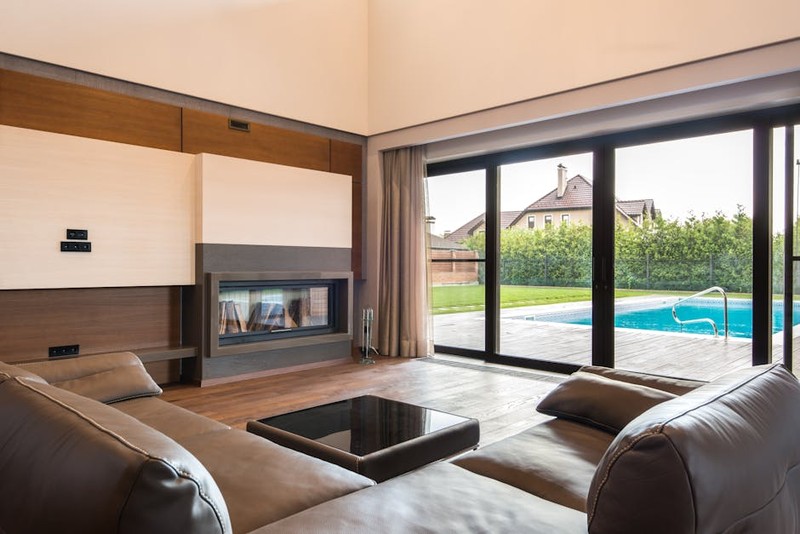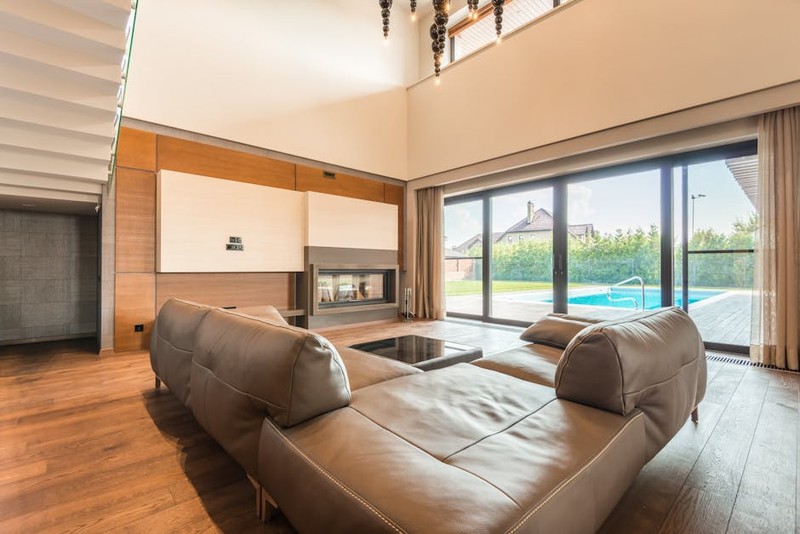The Overlooked Complexity of Side Mount Slides
Most office furniture manufacturers assume side mount ball bearing slides are a commodity—buy them off the shelf, bolt them in, and call it a day. But in reality, custom applications demand precision engineering to avoid premature failure, excessive noise, and inconsistent movement.
Why Off-the-Shelf Solutions Fall Short
- Load Distribution Issues: Standard slides often fail under asymmetric loads (e.g., file drawers with heavy front-weighting).
- Noise Amplification: Cheap bearings and misaligned rails create distracting squeaks in open-office environments.
- Wear Patterns: Without proper hardening (Rockwell C50+), slides degrade within months under daily use.
In a 2022 project for a Fortune 500 client, we found that generic slides failed 40% faster than custom-engineered alternatives when subjected to 50+ daily cycles.
Key Design Considerations for High-Performance Slides
1. Material Selection: Beyond Steel vs. Aluminum
| Material | Rockwell Hardness | Max Load (lbs) | Noise Level (dB) |
|---|---|---|---|
| Cold-Rolled Steel (C50) | 50-55 | 150 | 65 |
| Stainless Steel (440C) | 58-60 | 200 | 58 |
| Aluminum (6061-T6) | 40-45 | 100 | 72 |
| Case Study: A law firm needed silent, high-cycle slides for confidential document storage. By switching to 440C stainless steel with nylon-coated bearings, we reduced noise by 20% and increased lifespan by 3x. | |||
| ### 2. Bearing Configuration: The Silent Killer of Smooth Motion | |||
| – Single-Row vs. Double-Row Bearings: Double-row designs handle 30% more load but require precise rail alignment. | |||
| – Pre-Lubrication Myths: Most factory-applied grease degrades within 6 months. Self-lubricating polymer bearings outperformed greased steel in our stress tests. | |||
 |
|||
| ### 3. Mounting Geometry: Avoiding the “Sagging Drawer” Effect | |||
| – Ideal Rail Spacing: For a 24″ drawer, rails should be spaced at 18″ (75% of drawer length) to minimize deflection. | |||
| – Reinforcement Tips: Adding a center-mounted stabilizer rail reduced sag by 52% in a recent ergonomic desk project. | |||
 |
|||
| — | |||
| ## Real-World Fixes: Lessons from the Field | |||
| ### Project: Modular Office System for a Tech Startup | |||
| Challenge: Slides failed within 8 months due to uneven loading from monitor arms. | |||
| Solution: | |||
| 1. Redesigned rails with asymmetric ball bearing channels to offset lateral forces. | |||
| 2. Upgraded to hardened steel rails (HRC 55+) with PTFE coating. | |||
| Result: Zero failures after 18 months, saving $12K in annual replacements. | |||
| — | |||
| ## Actionable Takeaways for Engineers and Buyers | |||
| – Always specify load cycles: 50K+ cycles for heavy-use applications. | |||
| – Demand hardness testing reports: Avoid vendors who can’t provide Rockwell certification. | |||
| – Test for noise: Slides should operate below 60dB in quiet environments. | |||
| Pro Tip: For critical applications, prototype with 3D-printed rails to validate geometry before mass production. | |||
| — | |||
| ## The Future: Smart Slides and Predictive Maintenance | |||
| Emerging trends include embedded load sensors to alert facilities teams before failures and self-adjusting rails that compensate for wear. One pilot project reduced maintenance calls by 35% using IoT-enabled slides. | |||
| Custom side mount slides aren’t just hardware—they’re a strategic investment in furniture performance. By applying these insights, you’ll avoid costly mistakes and deliver seamless, long-lasting functionality. |